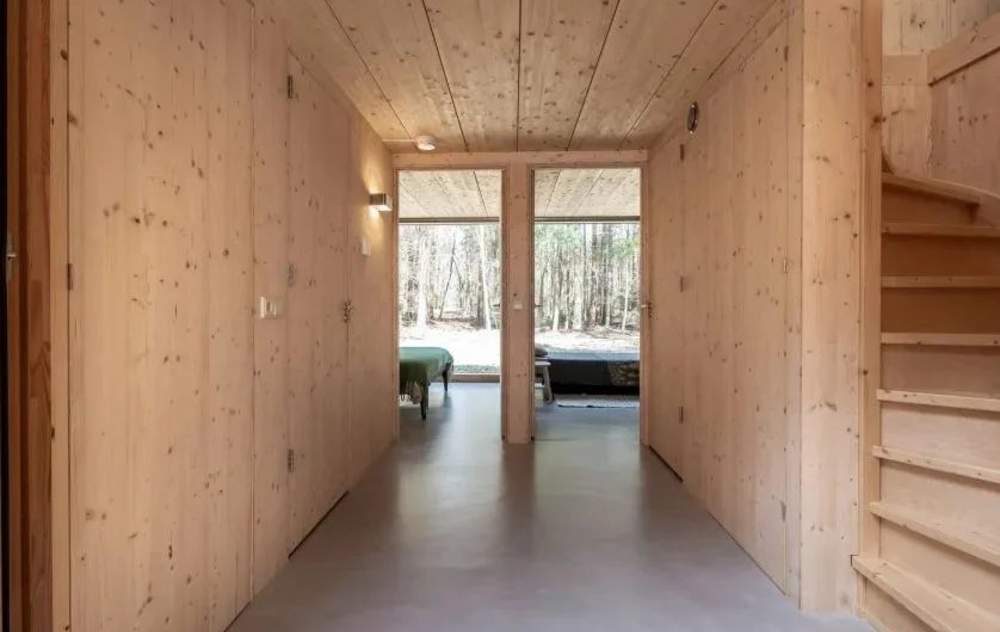Most mobile homes have walls that are six inches thick. This thickness provides a good amount of insulation and helps to keep the mobile home warm in the winter and cool in the summer. The walls’ thickness also helps reduce outside noise, making the mobile home a quiet and peaceful place to live.
The thickness of mobile home walls can vary depending on the type of mobile home. The walls of a single-wide mobile home are usually six inches thick, while the walls of a double-wide mobile home are usually eight inches thick.
Contents
Thick Are Mobile Home Walls
Most mobile homes have walls made of thin plywood or fiberboard. These materials are not very strong, and they can easily be damaged. If you live in a mobile home, it is important to be aware of the risks of thin walls.
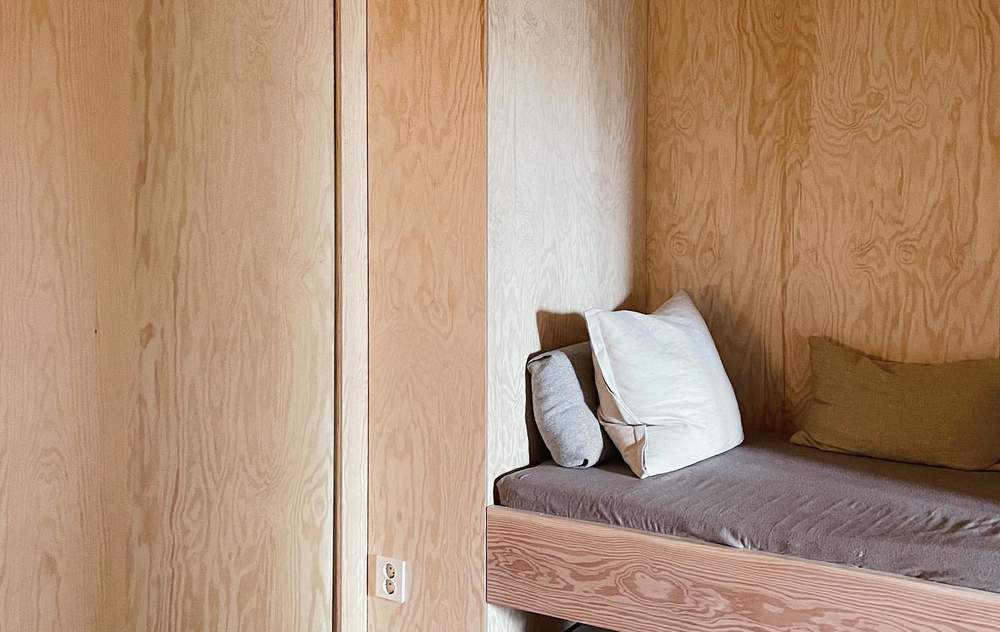
One of the biggest dangers of having thin walls in a mobile home is that they can easily be damaged by high winds. If a strong wind blows through your area, it could easily cause the walls of your mobile home to collapse. This is why it is so important to have hurricane straps installed on your mobile home. Hurricane straps are designed to help keep your mobile home walls from being blown down by high winds.
Another danger of having thin walls in a mobile home is that fire can easily damage them. If a fire starts inside your mobile home, the thin walls will not be able to hold back the flames very well. This could cause the entire mobile home sheetrock thickness to catch on fire and be destroyed.
If you live in a mobile home, it is important to be aware of the dangers of thin walls. These walls can be easily damaged by high winds and fire. If you want to keep your mobile home safe, you should consider installing hurricane straps and taking other precautions to protect your home.
Wood Dimensions
Modular home walls are typically made from wood, and the dimensions can vary depending on the model. The walls are usually around 4 feet wide and 8 feet tall, but this can vary depending on the size of the home.
Mobile homes typically have two to three bedrooms, a kitchen, and a living room. Some models also have a bathroom. The walls are usually thin, but they can be insulated to help keep the home warm in the winter and cool in the summer.
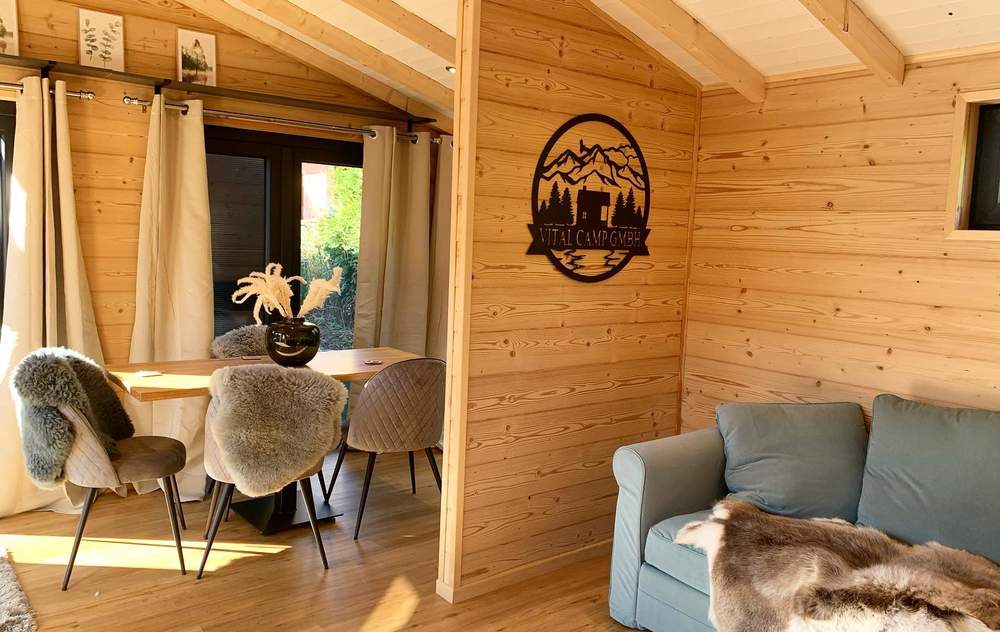
Drywall and Insulation
Drywall, also known as plasterboard, is the most common wall surface in mobile homes. It is made of gypsum, a soft mineral that is covered on both sides with heavy paper. The paper is then covered with a thin layer of vinyl or aluminum. Mobile home drywall thickness is a very porous material, so it must be sealed before paint or wallpaper can be applied. The seams between drywall sheets are also sealed with tape and joint compound.
Joint compound is a plaster used to fill in the gaps between sheets of drywall. It is also used to create a smooth surface for painting or wallpapering.
Once the drywall is installed, it is time to add insulation. Insulation is a critical component of any home, but it is especially important in mobile homes. Mobile homes are susceptible to extreme temperature changes, so insulation helps to keep the home comfortable year-round.
Two types of insulation are commonly used in mobile homes: fiberglass and cellulose. Fiberglass is made of glass fibers that are woven together. It is available in batts or rolls, and it is the most common type of insulation used in mobile homes.
Cellulose insulation is made of recycled paper products. It is often treated with chemicals to resist fire and pests. Cellulose insulation is available in loose-fill or blown-in form.
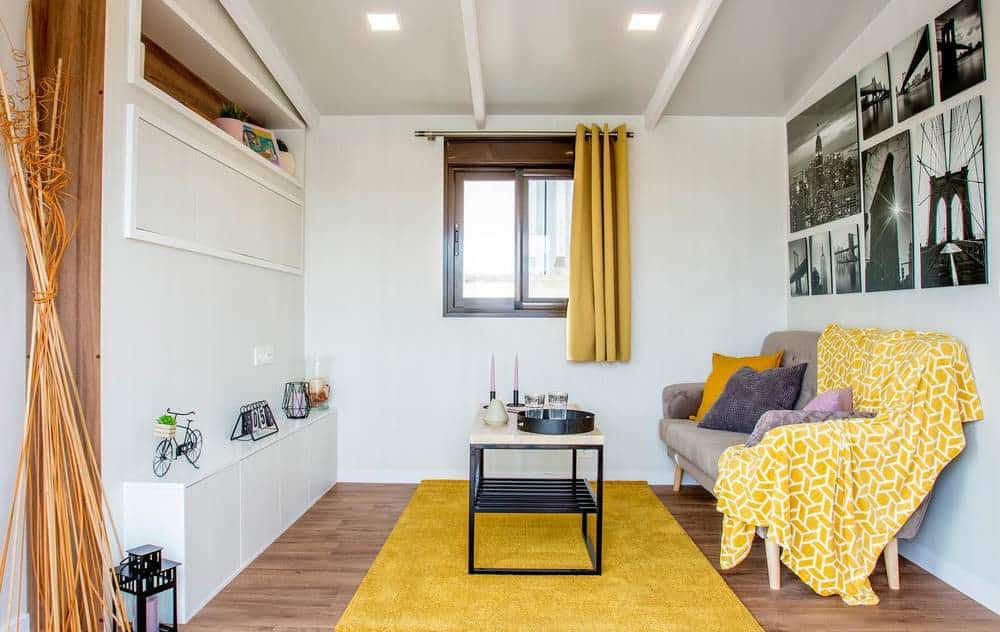
Once the insulation is in place, the final step is to install the vapor barrier. The vapor barrier is a plastic layer that helps prevent moisture from entering the home. It is installed on the warm side of the wall, which is typically the inside of the home.
The vapor barrier is an important part of the wall system, but it is not the only layer. In most cases, mobile homes also have an exterior layer of siding. Siding protects the home from the elements and adds to its overall appearance.
There are many different types and styles of siding available for mobile homes. The most popular type is vinyl siding, but wood, aluminum, and composite options are also available.
No matter what type of siding you choose, it is essential to ensure that it is properly sealed and installed. Sealing the siding helps prevent moisture from entering the home and adds to the home’s overall energy efficiency.
When it comes to mobile home walls, there are many different options available. Drywall, insulation, and vapor barrier are the three most essential components of the wall system. Siding is also an important part of the equation, but it is not required in all cases.
If you are unsure of what type of wall system is right for your mobile home, it is best to consult with a professional. They will be able to assess your needs and recommend the best solution for your home.
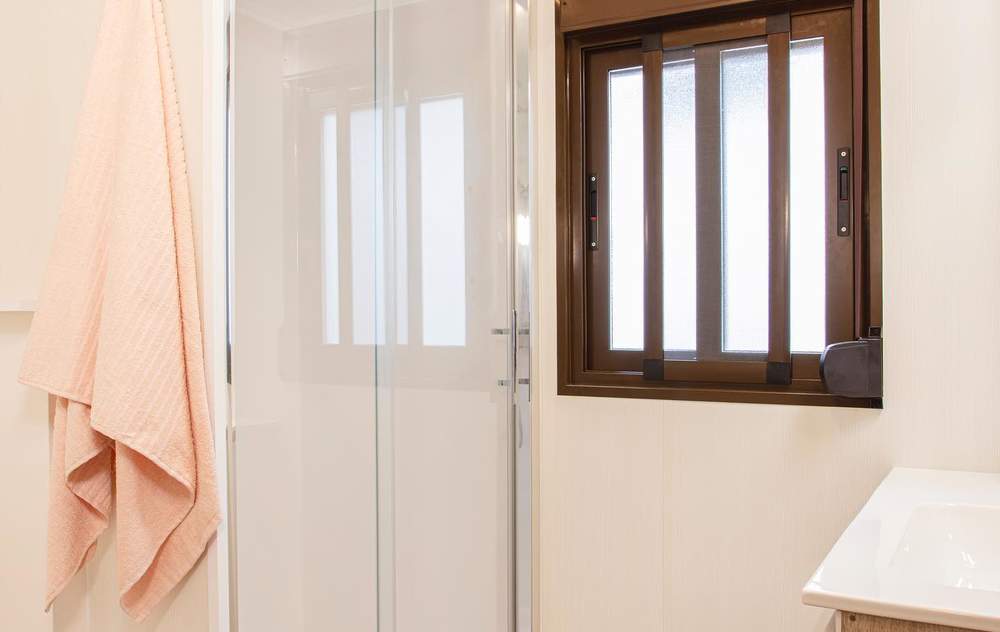
Building Codes for Mobile Home Walls
The walls of a mobile home have to be built to comply with the same building codes as the walls of any other home. Building codes are minimum standards for the construction of homes and other structures, and are typically set by local or state governments.
There are a few key aspects of mobile home walls that have to meet building code requirements. First, the walls have to be able to support the roof and ceiling of the mobile home. They also have to be able to resist wind and other weather conditions.
Typical mobile home walls are made of fire-resistant materials like gypsum board to prevent them from burning easily.
Building codes for mobile home walls can vary somewhat from area to area, so it’s important to check with the local building department to find out what the specific requirements are in your area. However, in general, the walls of a mobile home have to meet the same basic building code requirements as the walls of any other type of home.
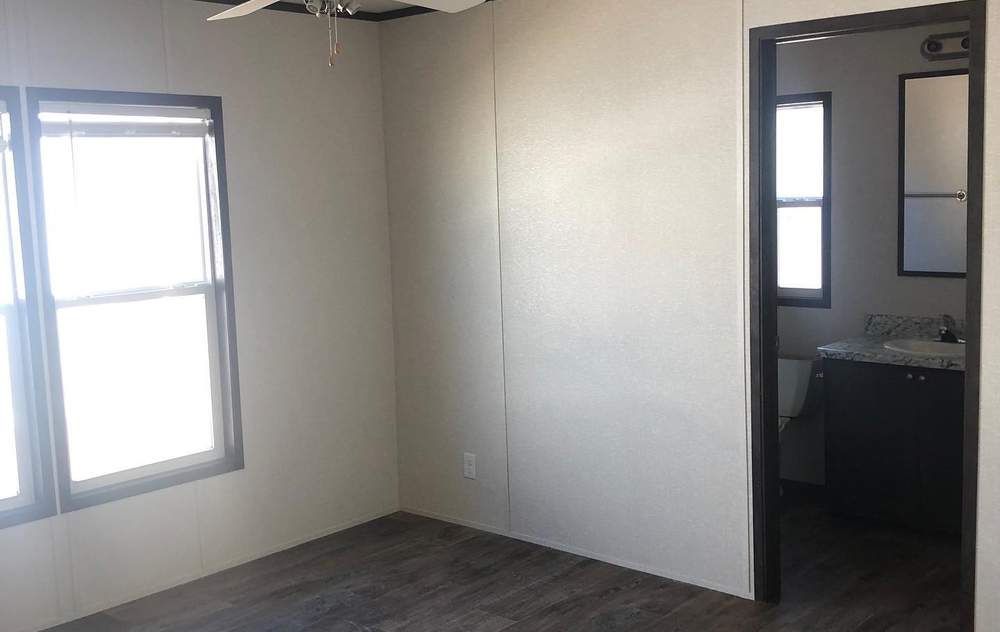
Customer Requests
As technology advances, so do the options for mobile home walls. Mobile home manufacturers are now offering a variety of choices for those looking to purchase a new home or upgrade their current one. Some of the newer options for mobile home walls include:
Hardboard
Hardboard is a type of wall panel that is made from compressed wood fibers. It is one of the more popular choices for mobile home walls because it is durable and easy to clean.
Vinyl
Vinyl is another popular choice for mobile home walls. It is easy to install and comes in a variety of colors and patterns.
Metal
Metal wall panels are a newer option for mobile homes. They are durable and offer a variety of design options.
Stone
Stone wall panels are another option that is becoming more popular. They offer a natural look and can be customized to fit your specific needs.
When it comes to choosing the right option for your mobile home wall construction, it is important to consider your needs and preferences. Talk to your mobile home dealer or manufacturer to see what options are available and to get more information on the different types of panels.
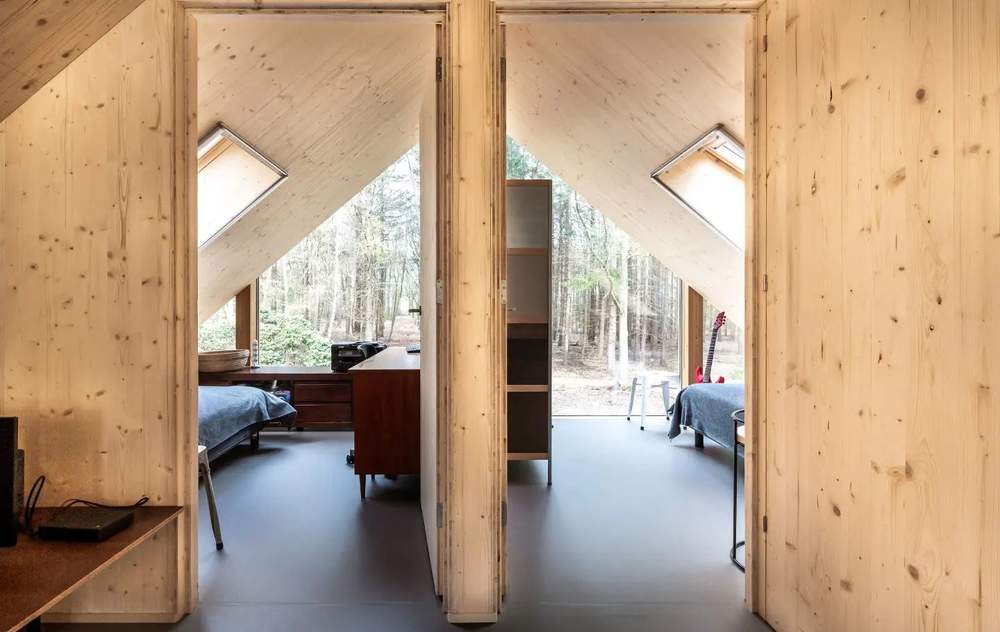
What Are Manufactured Home Walls Made Of?
Most manufactured homes have walls made of wood studs, covered with panels of gypsum board (also called drywall). The studs are usually 2×4 or 2×6 lumber, spaced 16 or 24 inches apart. The gypsum board is fastened to the studs with screws or nails, and then the joints between the panels are taped and finished with joint compound.
The exterior walls of manufactured homes are usually covered with some type of siding, such as vinyl or aluminum. Some homes have brick or stone veneer on the exterior. The interior walls may be finished with paint, wallpaper, paneling, or some other type of wall covering.
How Much Weight Can a Mobile Home Wall Hold?
A mobile home wall can support a good amount of weight, but there are a few things to keep in mind.
The first is that the walls are not as strong as those in a traditional home. This means that you’ll need to be careful about what you hang on the walls and how much weight you put on them.
The second thing to keep in mind is that the walls are not as thick as those in a traditional home. This means that you’ll need to be careful about putting too much weight on one side of the wall.
One more thing to remember is that walls aren’t always completely straight. This means that you’ll need to be careful about how you hang things on the walls and where you put heavy objects.
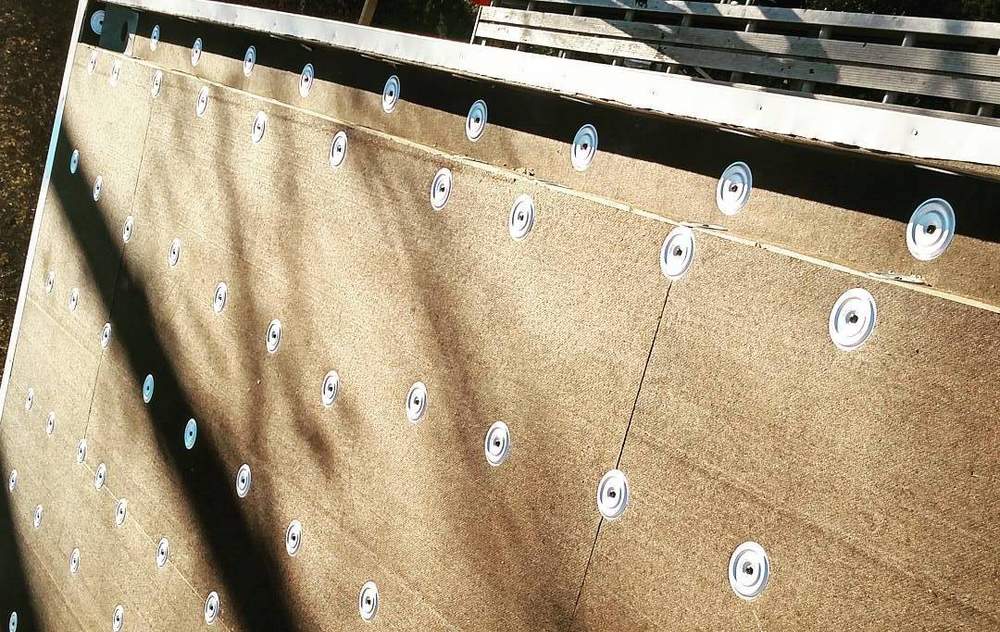
FAQ
Do mobile homes have 2×4 walls?
Mobile homes typically have walls made of either plywood or oriented strand board (OSB), with a layer of vinyl siding applied to the outside. The wall studs are generally spaced 16 inches apart, rather than the more typical 24 inches found in standard home construction.
What kind of walls are in a mobile home?
The walls in a mobile home are usually made of a type of metal or wood.
What are mobile home exterior walls made of?
The exterior walls of a mobile home are typically made of aluminum or vinyl siding.
Read also:
- How to Get Rid of Mold Under Mobile Home?
- How Wide Is a Single Wide Mobile Home?
- Where Is the Vin Number on a Mobile Home?
Conclusion
In-conlusion, The standard thickness for a mobile home wall is four inches, but the walls can be as thick as six inches. The thickness of the walls is important for two reasons. First, the thicker the walls are, the better they will insulate the home. Second, the thicker the walls are, the more resistant they will be to damage from high winds.
